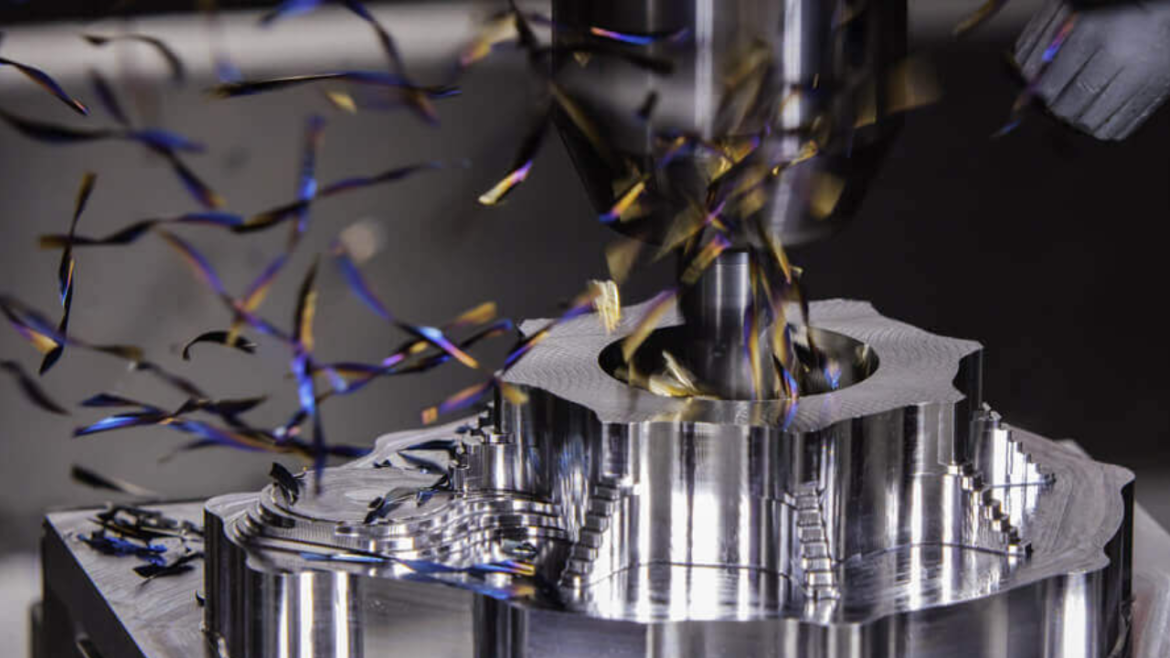The rotating screw constantly advances the molding material. The components produced when the entire procedure is complete are appropriately cooled. The mold is then opened, and some ejectors are utilized to eliminate the part properly and damage-free. The portion mold is reopened after removal. In this article, you can learn how to avoid injection molding flow lines by focusing on certain concentrations.
Changes to the Moulding Process
Parameters during the injection molding process have a big impact on how flow lines form. The mold temperature, melt temperature, injection pressure, and injecting speed are the most crucial variables to take into consideration when molding.
Temperature of Mold
A small increase in mold temperature can aid in preventing flow lines by keeping the hot substance from cooling too quickly when it hits the cavity walls. Reducing the flow of coolant to the mold is going to accomplish this.
Pressure of Injection
Inadequate injection pressure and speed are two main contributors to flow lines. Reduced pressures allow the material to pass through the mold cavity slowly. Consequently, flow lines appear as certain areas of the material cool sooner than others. Similarly, a larger nozzle diameter and bigger forward and back hold pressure are going to help facilitate the flow of material via the cavity.
Temperature of Nozzle & Barrel
Flow lines may also be impacted by the temperature of the barrel and nozzle. These temperatures vary on the material, however by modestly increasing the nozzle temperature over the present level, flow can be increased and flow lines can be avoided.
Tooling Enhancements
A successful mold design is the first step in preventing injection molding flaws. Inadequate material flow caused by poorly built molds leads to flaws like flow lines that degrade the quality and usefulness of the finished molding. Here are certain things for consideration in mold designing are;
Uneven Wall Thickness
Inconsistent wall thickness is one feature of mold design that can result in flow lines. Although maintaining constant wall thickness is recommended for several reasons: predictable cooling periods, less war page, avoiding sink marks, etc. it may additionally block flow lines. This is a consequence of the fact that material in the mold cavity that is thin will cool faster than material that is heavy, and uneven cooling leads to inconsistent flow lines.
Placement of Gate
Positioning and kind of gates are additional mold design elements that may result in flow lines. Ideally, gates should be placed in regions with greater thickness to promote uniform flow, preventing some areas of the material from cooling more rapidly than others. For a more consistent distribution of material, fan gates can be employed alternatively with other gate types.
Mold Venting
By enabling trapped air to escape as well as encouraging equal flow, proper mold venting can also aid in decreasing the severity of flow lines.
Sum Up
A crucial industrial technique is injection molding. Although it is similar to die casting, the raw materials used are different. Die casting employs metals that must and thermosetting polymers. However, this process is routinely employed to create thermoplastic materials. In this technique, the raw materials are heated to a precise temperature before they are injected under pressure into the mold cavity with no modification to their chemical makeup.

